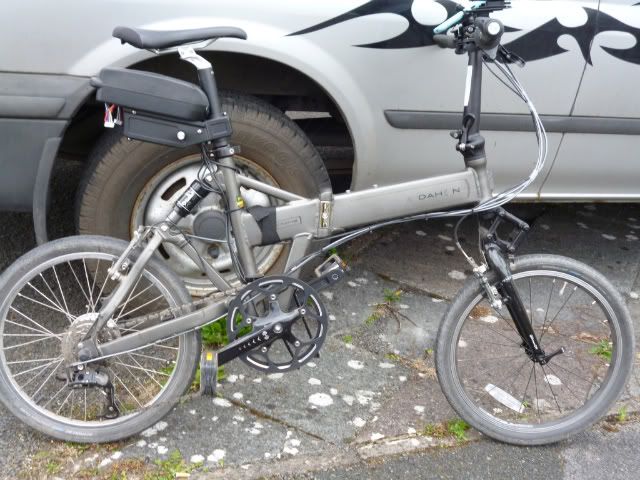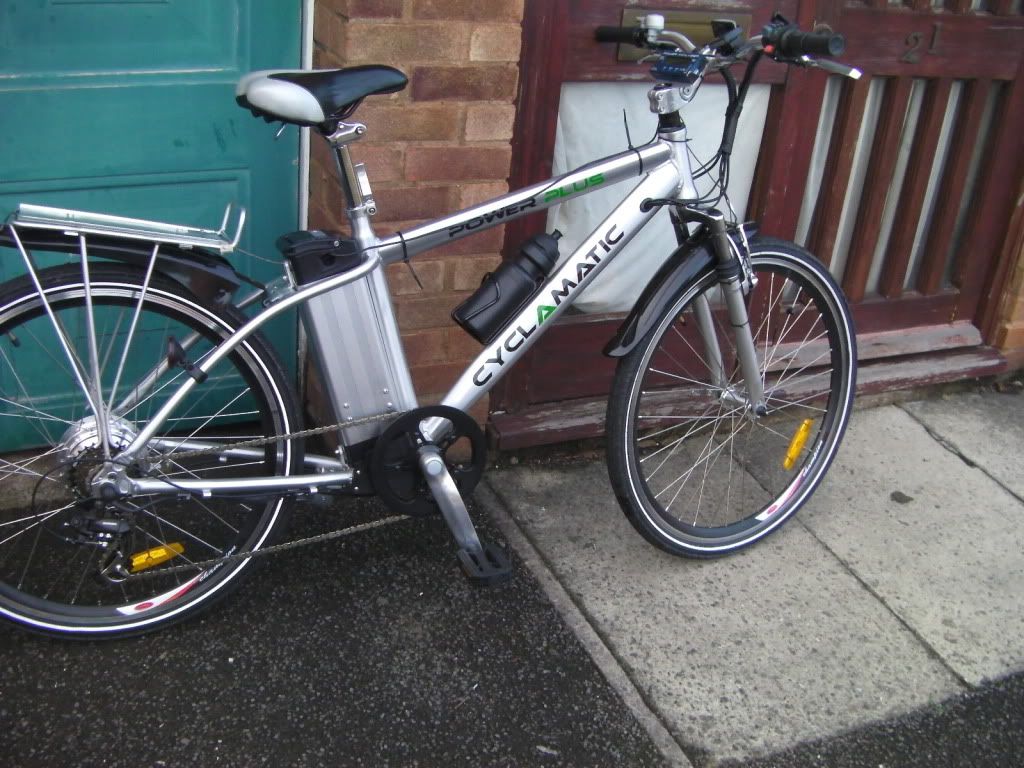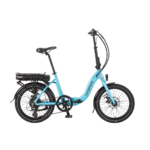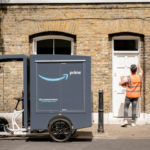I’ve been reading Old Dave’s new build thread with interest, particularly with regard to his use of RC hobby Lipos.
My Alien kit came with an aluminium cased Phylion 10s LiMn 10 ah rear rack battery which is performing well after a glitch which was cured by Alien doing some conditioning cycles earlier in the year.
It will obviously eventually need to be replaced / refurbished and I would be very interested in effectively re-celling it with Lipos. I’m pretty sure that I could fit sufficient Lipo packs in the case to provide more capacity at lower weight and less cost than replacing like for like. The trouble is that I enjoy the usability of the current set up. That is: I can simply plug in the charger to recharge and rely on the BMS to balance the charge and control the discharge to keep everything safe.
So my question to the experts here is: Can I find a BMS that will control 2 or more Lipo packs for an ebike application? Or can I use the BMS in my Phylion battery to do this? Or are there any ebike batteries based on RC hobby Lipos that I could use directly or canabalise to fit my Phylion case?
My Alien kit came with an aluminium cased Phylion 10s LiMn 10 ah rear rack battery which is performing well after a glitch which was cured by Alien doing some conditioning cycles earlier in the year.
It will obviously eventually need to be replaced / refurbished and I would be very interested in effectively re-celling it with Lipos. I’m pretty sure that I could fit sufficient Lipo packs in the case to provide more capacity at lower weight and less cost than replacing like for like. The trouble is that I enjoy the usability of the current set up. That is: I can simply plug in the charger to recharge and rely on the BMS to balance the charge and control the discharge to keep everything safe.
So my question to the experts here is: Can I find a BMS that will control 2 or more Lipo packs for an ebike application? Or can I use the BMS in my Phylion battery to do this? Or are there any ebike batteries based on RC hobby Lipos that I could use directly or canabalise to fit my Phylion case?









